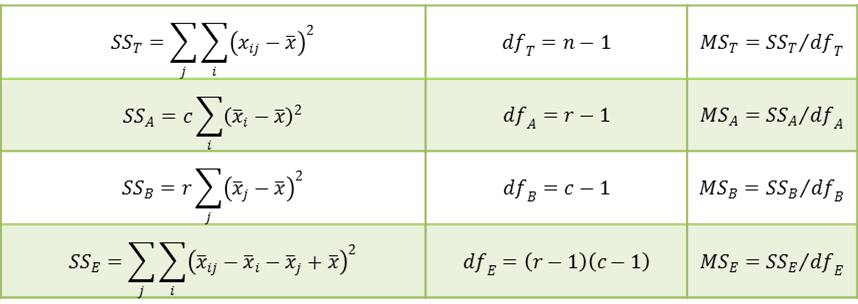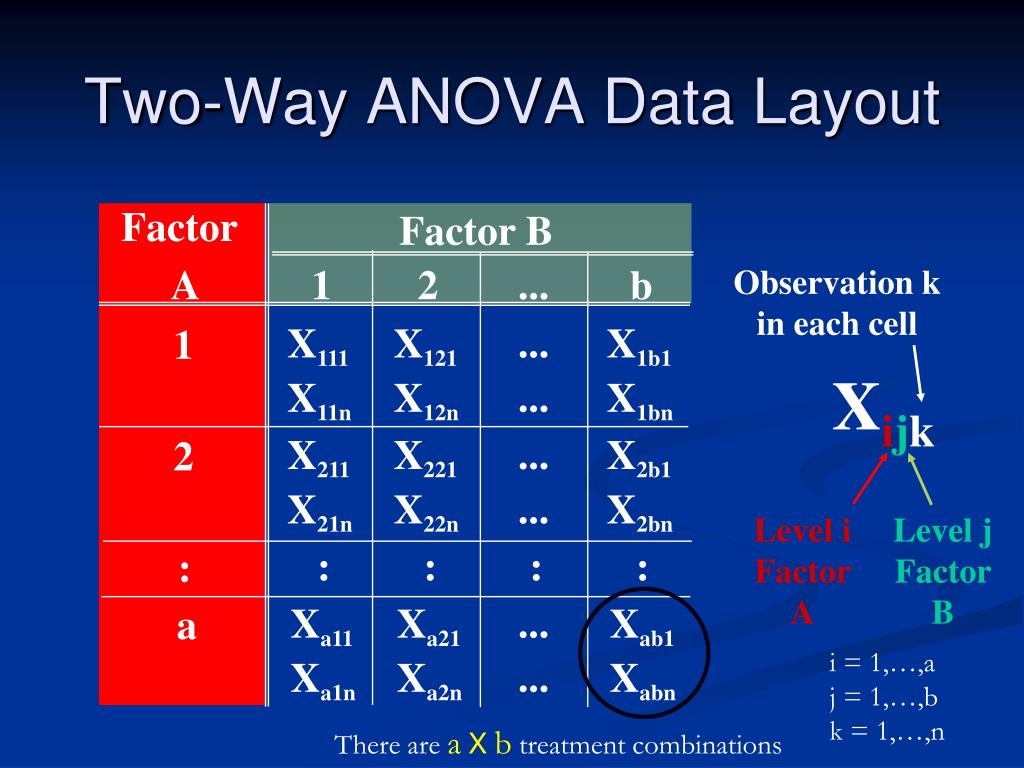

I don't have access to SPSS so I am limited to what can be achieved through Excel or StatPlus. I initially want to identify which characteristic most strongly correlates to the sales and then subsequently conduct further analysis to identify which specific group of customers within that category account for the sales. and use heart rate after the exercise as the response variable. Tukeys test of additivity interaction in two-way anova. I am currently considering Kruskal-Wallis approach but am not sure whether this would help me find the answer Im looking for. Response bias Response rate (survey) Response surface methodology Response variable.

24 to 30, or with differing sample sizes by income bracket). Residuals versus Predictor Plotting Regression Data 320 Variables 368. Samples within each group are likely to be normally distributed, but the sample size is likely to be different (e.g. For example, Excel can easily perform balanced two-way analysis of variance but. I therefore have multiple groups of binary, ordinal, and categorical data to compare with the sales. Characteristics we are collecting include Age Range, Gender, Income Range, Education Level, Marital Status, Type of Job, and aspects such as Satisfaction (Likert Scale) with our products. I am expecting a sample of around 2,000 responses.

The two graphs seem to show that the type of alloy is not related to either the strength or flexibility of the product. In these graphs, alloy is the factor and strength and flexibility are the response variables.
#Statplus two way anova response variable how to#
I am conducting a survey to improve our understanding of how to improve how we target certain groups of customers and want to identify which factor(s) most likely account for the sales (Total Sales Value, Frequency of Purchase, Units per Transaction, Average Price paid, etc.). The two individual value plots below show how one-way ANOVA analyzes the dataone response variable at a time.


 0 kommentar(er)
0 kommentar(er)
